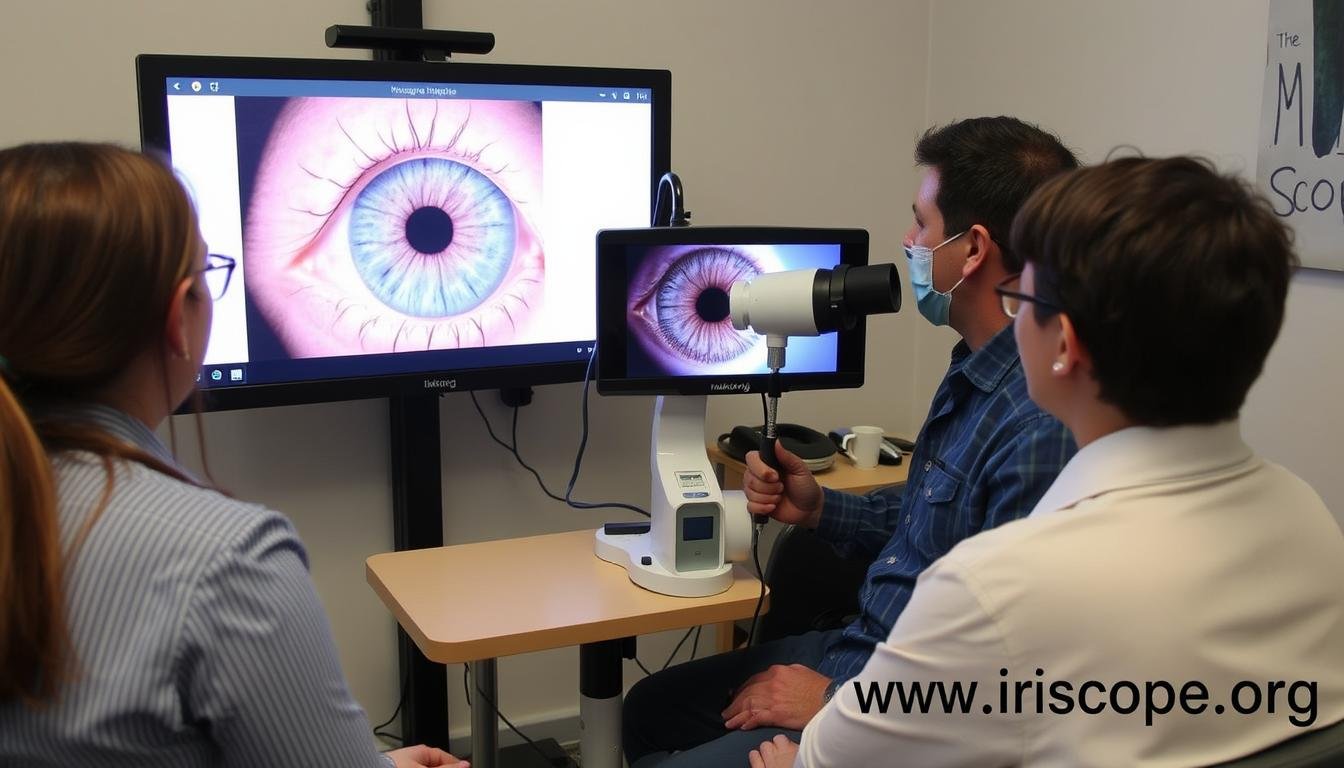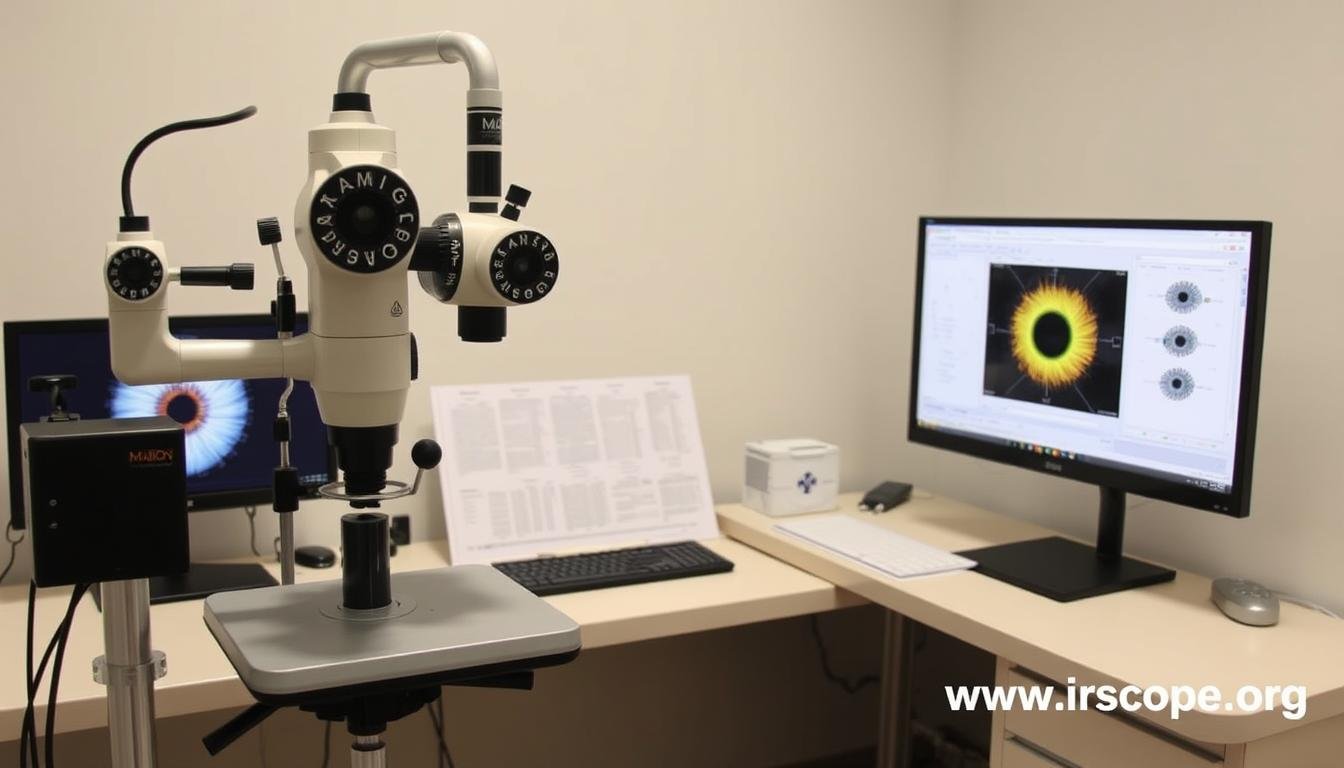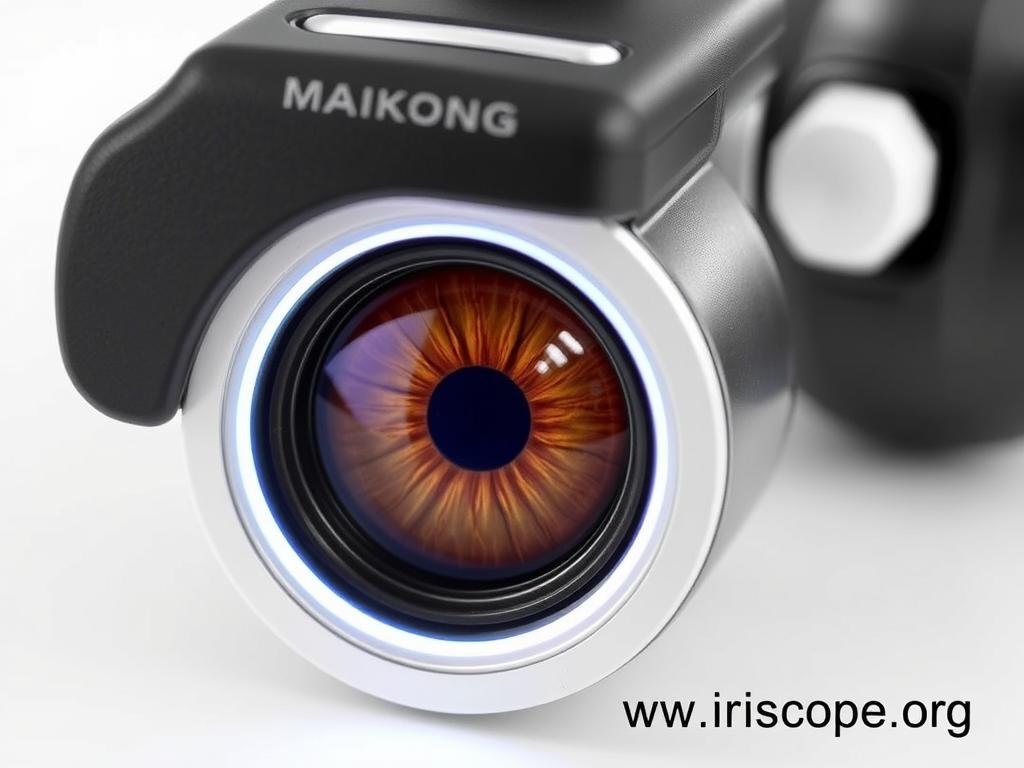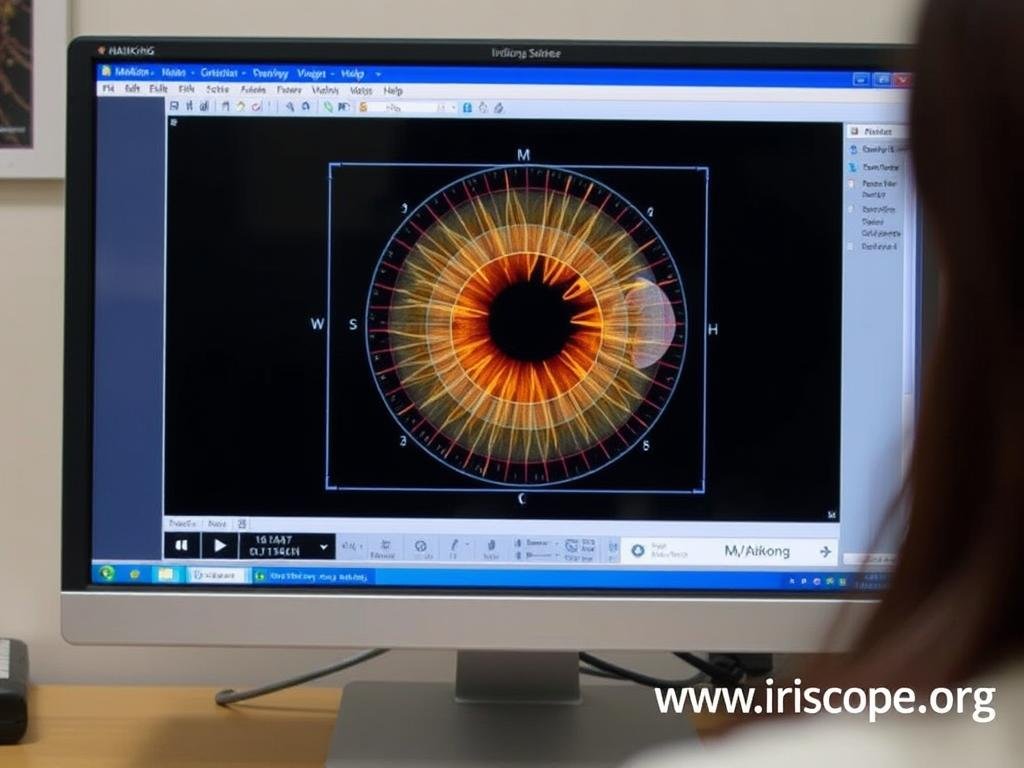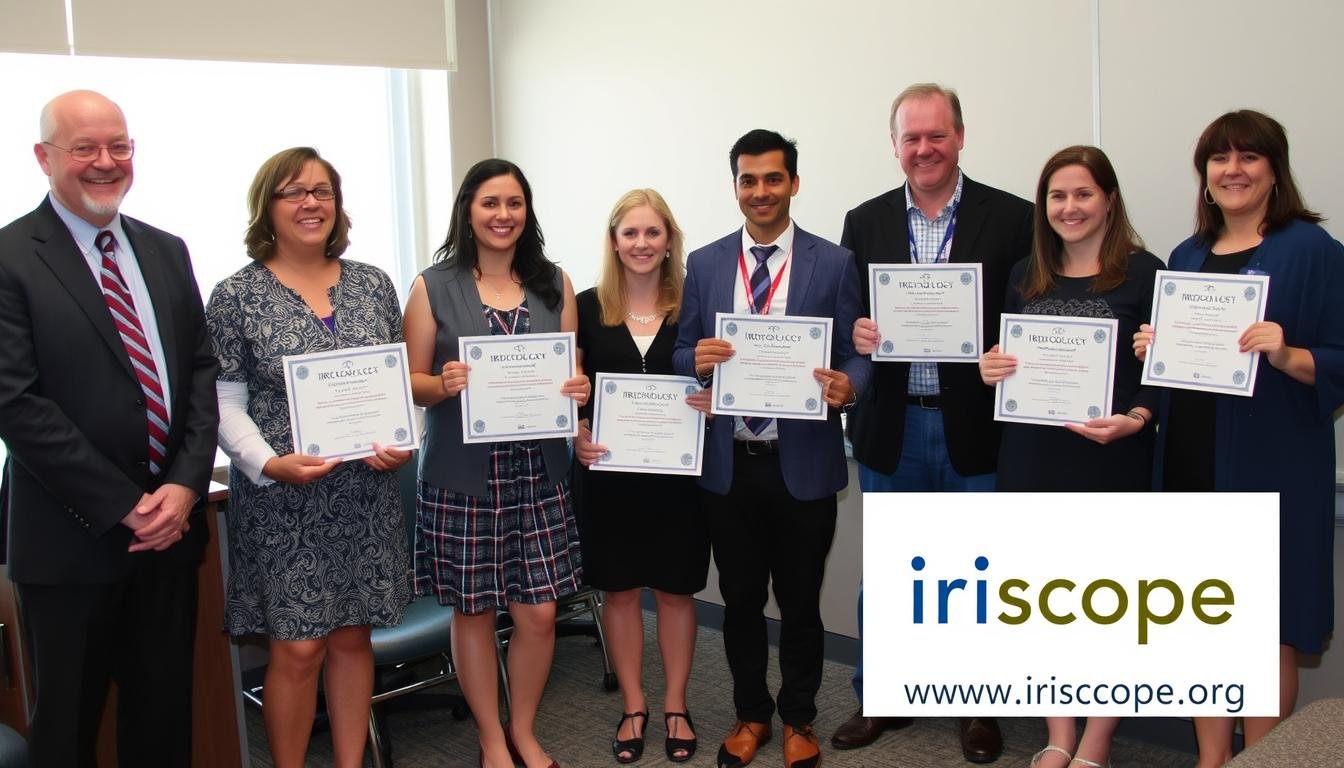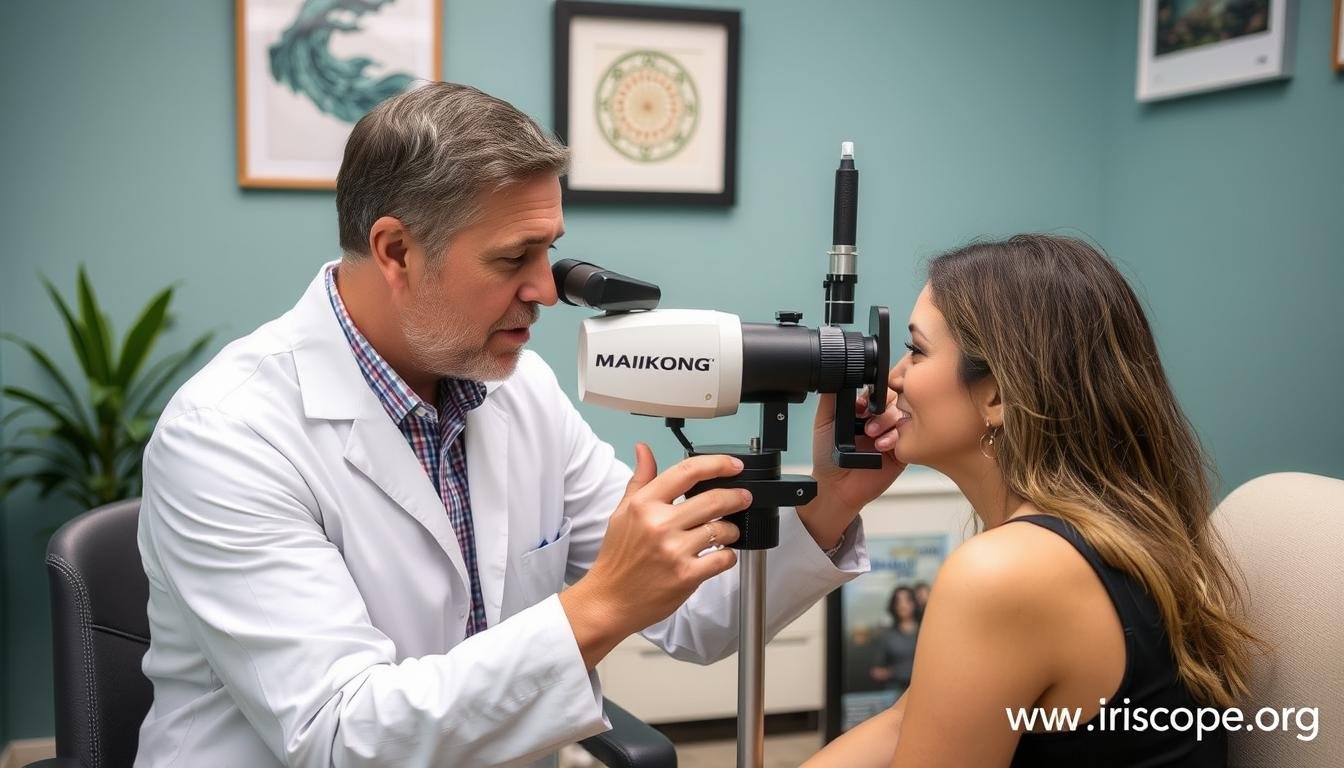Embarking on a journey to become an Iridology Iris Diagnosis specialist opens doors to a fascinating field where the iris reveals insights about overall health. This comprehensive guide will walk you through the educational requirements, practical training, essential equipment, and professional development opportunities needed to establish yourself as a qualified iridologist. With the right knowledge and tools, you can master this alternative health practice and help clients understand their wellbeing through the window of their eyes.
Understanding Iridology Iris Diagnosis: The Foundation
Before diving into training requirements, it’s essential to understand what Iridology Iris Diagnosis entails. Iridology is the study of the iris, the colored part of the eye, to identify potential health concerns and constitutional strengths and weaknesses. Iridologists believe that specific patterns, colors, and other characteristics in the iris can reflect the condition of various organs and systems throughout the body.
The practice uses detailed iris charts that map different zones of the iris to corresponding body parts and systems. By examining these zones, trained iridologists can identify signs of inflammation, toxin accumulation, and other health indicators that might not be detectable through conventional methods.
The Science Behind Iridology Iris Diagnosis
While conventional medicine approaches iridology with skepticism, practitioners point to the iris’s complex structure and connection to the nervous system. The iris contains thousands of nerve endings connected to the brain via the optic nerve, potentially reflecting changes throughout the body.
Modern iridology combines traditional knowledge with technological advancements, using specialized cameras and software to capture and analyze iris images with unprecedented detail. This evolution has elevated the practice, allowing for more precise and consistent analysis.
Educational Requirements for Iridology Iris Diagnosis Specialists
Becoming a qualified iridologist requires dedicated study and comprehensive training. While requirements vary by country, most respected practitioners complete structured educational programs that combine theoretical knowledge with practical application.
Foundational Knowledge Requirements
Before specializing in iridology, it’s beneficial to have a background in:
- Basic anatomy and physiology
- Fundamental health sciences
- Nutrition and natural health principles
- Basic pathology understanding
- Ethics in alternative health practice
This foundation helps you better understand the connections between iris signs and bodily functions, making your interpretations more accurate and meaningful for clients.
Many successful iridologists come from backgrounds in nursing, naturopathy, herbalism, or other health-related fields, though this isn’t strictly necessary.
Specialized Iridology Iris Diagnosis Training Programs
Dedicated iridology training typically includes:
Certificate Programs
3-6 month courses covering basic principles, iris mapping, and fundamental analysis techniques.
- Introduction to iris topography
- Basic iris sign recognition
- Fundamental analysis techniques
- Equipment familiarization
Diploma Programs
6-12 month comprehensive programs with deeper theoretical knowledge and supervised practice.
- Advanced iris analysis
- Constitutional assessment
- Clinical correlation studies
- Case study development
Advanced Certification
1-2 year programs for those seeking mastery and professional recognition.
- Specialized iris analysis techniques
- Research methodology
- Professional practice development
- Mentorship opportunities
Core Curriculum in Iridology Iris Diagnosis Training
A comprehensive iridology training program covers several essential areas of study. Understanding these core components will help you evaluate training programs and ensure you’re receiving a well-rounded education.
| Study Area |
Key Components |
Practical Application |
| Iris Topography |
Iris mapping, zone identification, chart systems |
Accurately locating organ representations in the iris |
| Iris Signs & Markings |
Lacunae, crypts, radii solaris, pigmentations |
Identifying specific health indicators in the iris |
| Constitutional Analysis |
Iris color, density, structure assessment |
Determining genetic predispositions and inherent strengths/weaknesses |
| Clinical Correlation |
Connecting iris signs to health conditions |
Developing comprehensive health assessments |
| Equipment Operation |
Iriscope use, camera techniques, software applications |
Capturing clear, consistent iris images for analysis |
| Client Assessment |
Consultation skills, case history taking, report writing |
Conducting professional client sessions |
| Ethics & Practice Management |
Professional boundaries, scope of practice, business skills |
Operating within appropriate guidelines and building a sustainable practice |
Specialized Areas in Iridology Iris Diagnosis
Beyond the core curriculum, many training programs offer specialized modules that allow you to develop expertise in specific areas:
Nutritional Iridology
Focuses on identifying nutritional deficiencies and digestive issues through iris analysis, and developing targeted dietary recommendations.
Emotional Iridology
Explores the connection between iris signs and emotional/psychological patterns, offering insights into stress responses and emotional tendencies.
Pediatric Iridology
Specializes in analyzing children’s irises, which present unique characteristics and developmental considerations compared to adult irises.
Practical Training Requirements for Iridology Iris Diagnosis
Theoretical knowledge alone isn’t sufficient to become a skilled iridologist. Practical training is essential for developing the observational skills and technical proficiency needed for accurate iris analysis.
Supervised Practice Hours
Most reputable training programs require students to complete a minimum number of supervised practice hours. These typically include:
- Observation sessions with experienced practitioners
- Guided practice analyzing sample iris photographs
- Supervised client consultations with instructor feedback
- Case study development and presentation
- Equipment operation and maintenance training
Depending on the certification level, programs may require anywhere from 50 to 200+ hours of supervised practice. This hands-on experience is invaluable for developing confidence and competence in iris analysis.
Case Study Requirements
Developing comprehensive case studies is a critical component of practical training. Most programs require students to complete 10-20 documented case studies that demonstrate their ability to:
- Capture clear, usable iris images
- Identify relevant iris signs and markings
- Correlate iris findings with client health history
- Develop appropriate recommendations
- Document findings professionally
- Present cases coherently
- Demonstrate ethical practice boundaries
- Show progression of skills over time
“The difference between a novice and expert iridologist isn’t just knowledge—it’s the thousands of irises they’ve analyzed and the patterns they’ve learned to recognize instantly.”
– Experienced Iridology Educator
Essential Equipment for Iridology Iris Diagnosis Training
Proper equipment is crucial for effective iridology practice. As you progress in your training, you’ll need to become familiar with various tools that enable accurate iris examination and analysis.
Core Iridology Iris Diagnosis Equipment
Professional Iriscope
The iriscope is the primary tool for detailed iris examination, providing magnification and proper illumination to observe iris structures clearly.
MAIKONG offers professional-grade iriscopes with:
- 10-15x magnification capability
- Adjustable LED illumination
- Ergonomic design for practitioner comfort
- Durable construction for clinical use
Iridology Camera
Specialized cameras capture high-resolution images of the iris for detailed analysis and documentation.
MAIKONG iridology cameras feature:
- High-resolution image capture
- Specialized macro lenses for iris photography
- Consistent lighting systems
- Computer connectivity for immediate analysis
Iridology Software
Specialized software enhances analysis capabilities by allowing digital marking, comparison, and documentation of iris findings.
MAIKONG software provides:
- Digital iris mapping capabilities
- Comparison tools for before/after analysis
- Client database management
- Report generation features
Reference Materials and Charts
Beyond electronic equipment, iridologists rely on reference materials to guide their analysis:
Iridology Charts
Detailed maps correlating iris zones with body systems and organs. MAIKONG offers comprehensive iridology charts based on both European and American mapping systems, providing clear reference for practitioners at all levels.
Reference Textbooks
Authoritative texts on iridology principles, techniques, and case studies. These resources complement practical training and provide theoretical foundations for iris analysis.
MAIKONG: Your Partner in Iridology Excellence
With over 20 years of R&D and production experience, MAIKONG provides premium iridology equipment trusted by professionals worldwide. Our complete range of iriscopes, iridology cameras, software, and charts are designed to support both students and established practitioners.
Email Us: Lucy@iriscope.org
Certification Process for Iridology Iris Diagnosis Specialists
Obtaining professional certification validates your skills and knowledge as an iridologist. While iridology isn’t regulated by government agencies in most countries, several respected organizations offer certification programs that are recognized within the alternative health community.
Certification Requirements
Most certification programs require candidates to:
- Complete an approved training program (typically 100-200+ hours)
- Submit documented case studies demonstrating proficiency
- Pass a comprehensive written examination covering theoretical knowledge
- Complete a practical examination demonstrating iris analysis skills
- Adhere to a professional code of ethics and practice standards
Recognized Certifying Organizations
Several international organizations offer respected iridology certifications, including:
International Iridology Practitioners Association (IIPA)
Offers comprehensive certification programs with multiple levels of recognition for iridology practitioners.
National Iridology Research Association (NIRA)
Provides certification with emphasis on research-based approaches to iridology practice.
Guild of Naturopathic Iridologists International (GNI)
Focuses on integrating iridology with broader naturopathic principles and practices.
Continuing Education Requirements
To maintain certification, most organizations require continuing education credits. These typically include:
- Annual or biennial continuing education hours (typically 10-20 hours)
- Attendance at approved workshops, seminars, or conferences
- Participation in research or case study development
- Periodic recertification examinations (every 2-5 years)
Professional Tip: When selecting a certification program, research its recognition within the alternative health community and whether it’s accepted by professional associations in your region. This ensures your credentials will be respected by colleagues and potential clients.
Career Opportunities in Iridology Iris Diagnosis
After completing your training and certification as an iridologist, various career paths become available. Understanding these opportunities can help you plan your professional development and identify the most suitable direction for your practice.
Practice Settings for Iridology Iris Diagnosis Specialists
Private Practice
Many iridologists establish independent practices, offering consultations directly to clients. This path provides the greatest autonomy but requires business skills and marketing knowledge.
- Complete control over practice approach
- Flexible scheduling
- Direct client relationships
- Higher income potential
Integrative Health Centers
Working alongside other alternative health practitioners in wellness centers or integrative clinics provides referral networks and shared operational costs.
- Collaborative environment
- Built-in client base
- Shared administrative support
- Complementary practitioner network
Education and Training
Experienced iridologists often become educators, teaching the next generation of practitioners through schools, workshops, and mentorship programs.
- Knowledge sharing opportunities
- Professional development
- Contribution to the field
- Diverse income streams
Specialization Opportunities
Many iridologists choose to specialize in specific areas that align with their interests and client needs:
Nutritional Consulting
Focusing on dietary recommendations based on iris indicators of nutritional needs and digestive function.
Complementary Assessment
Providing iridology as a complementary assessment tool alongside other modalities like naturopathy or herbalism.
Research and Development
Contributing to the advancement of iridology through case documentation, pattern correlation, and methodology refinement.
Income Potential and Practice Growth
Income for iridologists varies widely based on location, specialization, experience, and business model. Factors affecting earning potential include:
- Geographic location and local market demand
- Fee structure and service offerings
- Marketing effectiveness and referral networks
- Additional products or services offered
- Reputation and experience level
Most established iridologists charge $75-200 per consultation, with sessions typically lasting 60-90 minutes. Many practitioners supplement consultation income with product sales, educational materials, or group workshops.
Start Your Professional Journey with Quality Equipment
MAIKONG provides complete iridology equipment packages for new practitioners. Our starter kits include everything you need to launch your professional practice with confidence.
Visit Our Website: iriscope.org
Embarking on Your Iridology Iris Diagnosis Journey
Becoming an Iridology Iris Diagnosis specialist is a rewarding journey that combines scientific knowledge, observational skills, and a holistic approach to health assessment. By following a structured educational path, obtaining quality equipment, and pursuing recognized certification, you can establish yourself as a respected practitioner in this fascinating field.
Remember that success in iridology requires ongoing learning and development. The field continues to evolve as research expands our understanding of iris-body connections and as technology enhances our ability to capture and analyze iris details.
MAIKONG is proud to support iridology practitioners at every stage of their professional journey. With over 20 years of experience in developing and manufacturing premium iridology equipment, we understand the needs of both students and established professionals. Our comprehensive range of iriscopes, iridology cameras, software, and educational materials provides the tools you need to practice with confidence and precision.
Ready to Begin Your Iridology Career?
Contact MAIKONG today to discuss your equipment needs and receive expert guidance on selecting the right tools for your training and practice.















